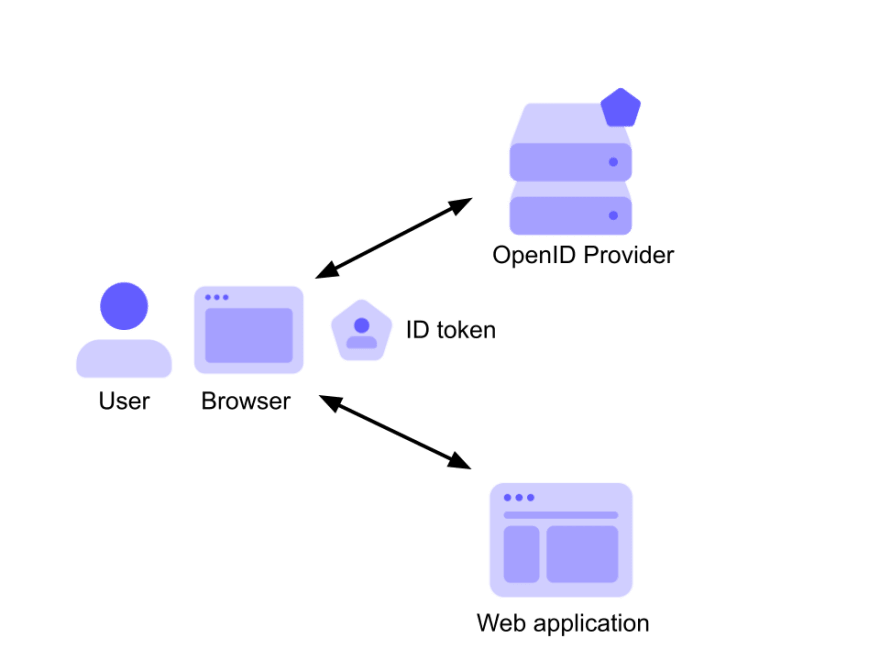📚 Learn what ID and access tokens are and how to correctly use them in the OpenID Connect and OAuth context.
"Let’s use a token to secure this API call. Should I use the ID token or the access token? 🤔 The ID token looks nicer to me. After all, if I know who the user is, I can make better authorization decisions, right?"
Have you ever found yourself making similar arguments? Choices based on your intuition may sound good, but what looks intuitive is not always correct. In the case of ID and access tokens, they have clear and well-defined purposes, so you should use them based on that. Using the wrong token can result in your solution being insecure.
"What changes after all? They are just tokens. I can use them as I see fit. What’s the worst that could happen?"
Let’s take a closer look at these two types of tokens to better understand their role in authentication and authorization processes.
What Is an ID Token?
An ID token is an artifact that proves that the user has been authenticated. It was introduced by OpenID Connect (OIDC), an open standard for authentication used by many identity providers such as Google, Facebook, and, of course, Auth0. Check out this document for more details on OpenID Connect. Let's take a quick look at the problem OIDC wants to resolve.
Consider the following diagram:
Here, a user with their browser authenticates against an OpenID provider and gets access to a web application. The result of that authentication process based on OpenID Connect is the ID token, which is passed to the application as proof that the user has been authenticated.
This provides a very basic idea of what an ID token is: proof of the user's authentication. Let’s see some other details.
An ID token is encoded as a JSON Web Token (JWT), a standard format that allows your application to easily inspect its content, and make sure it comes from the expected issuer and that no one else changed it. If you want to learn more about JWTs, check out The JWT Handbook.







Top comments (0)